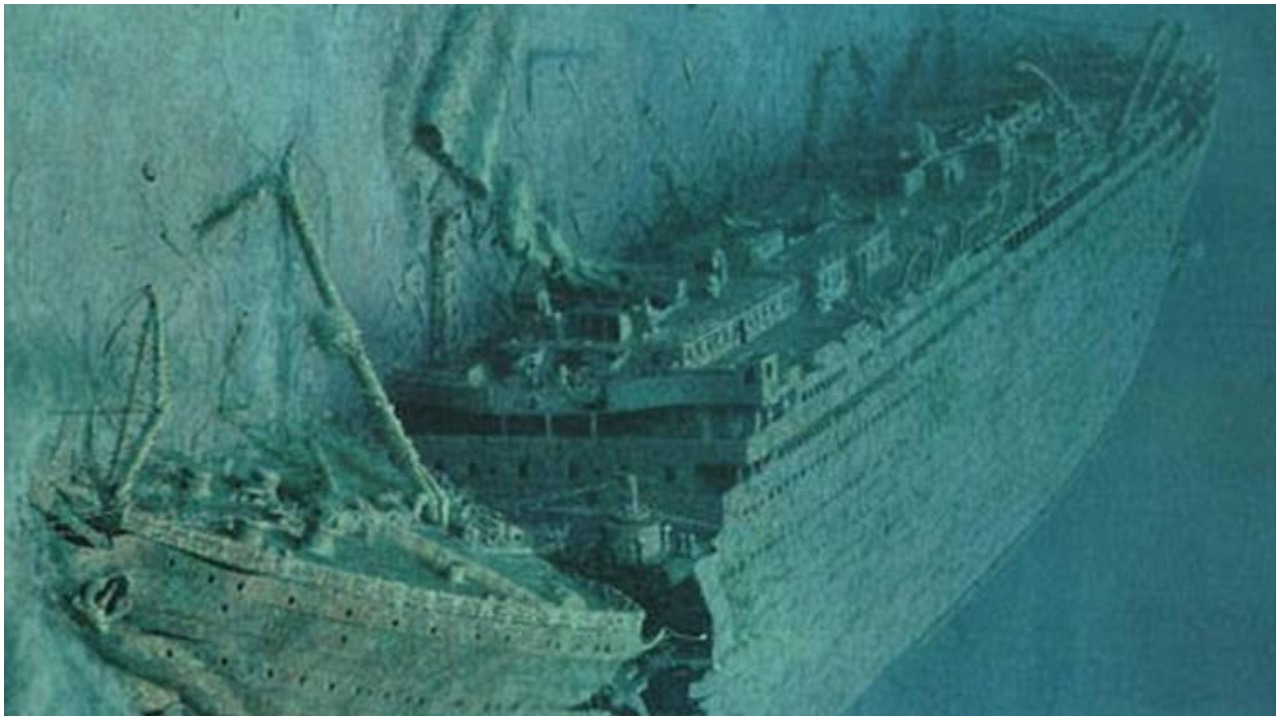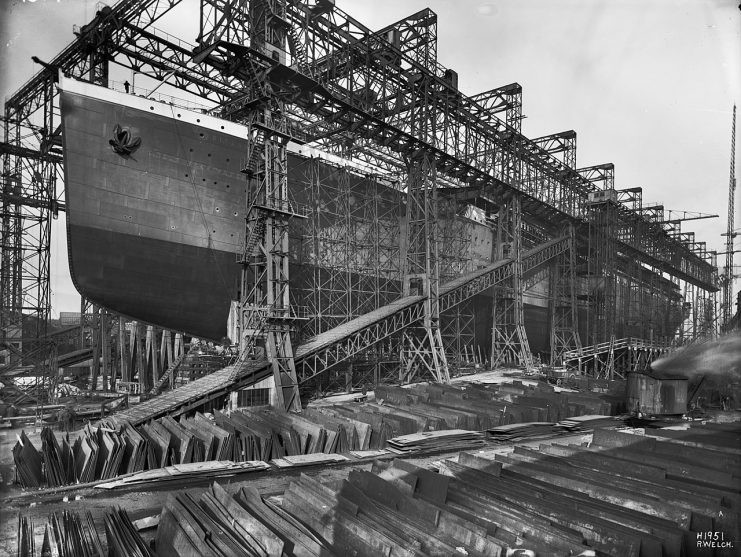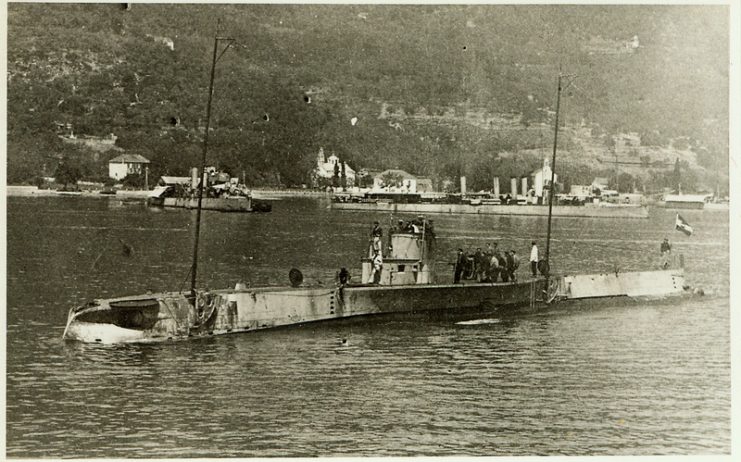
The HMHS Britannic hit a mine off the Greek island of Kea in the Aegean Sea and French underwater explorer Jacques Cousteau was credited with her discovery in 1975.
The sister ship of the Titanic, sunk in 1916 is to be freed from legislation prohibiting access to its final resting place on the seabed.
Legislation was brought in by the Greek government in a bid to stop looting of wrecks in its waters but has recently come under pressure to update the law to help in the creation of what has been called an under-sea dive park.
Wrecks from a period spanning from 1860 to 1970 are expected to be opened up for dive enthusiasts.
Local diving instructor Yannis Tzavelakos has stated his support saying that, “such initiatives can only facilitate innovative projects.”
The HMHS Britannic was the third in the series of Olympic class steamships built for the White Star Line.

Intended for service as a transatlantic passenger ship she was launched in 1914, having undergone design changes and modifications following the tragic loss of the Titanic.
Laid up in Belfast at the Harland and Wolf shipyard she was requisitioned for the war effort and served as a hospital ship from 1915, sailing between Britain and the Dardanelles.
She made three voyages in 1915-16 transporting the sick and injured from the Aegean including the evacuation of the Dardanelles in January 1916.
Her military service was to end in June 1916 and the Britannic returned to Harland and Wolf to undergo a refit at a cost to the British Government of £75,000.
The work was interrupted however when she was recalled by the Admiralty for further military service at the end of August and it was on her fifth trip that the Britannic’s luck changed, having survived storms and the usual dangers of wartime the crew had to be quarantined due to a food-borne sickness.
Later, on the 21st, November, just after eight o’clock in the morning, while crossing the Kea Channel in the Aegean Sea, the Britannic struck a mine laid just a month before by SM U73 of the German Imperial Navy.

The ship was so huge that the effects of the explosion were not immediately obvious to all on board. However, Captain Bartlett and Chief Officer Hume, who were both on the bridge at the time, realised the gravity of the situation.
An SOS signal was sent out and received by the HMS Scourge and HMS Heroic, but the explosion had destroyed the ship’s radio receivers so that the Britannic had no knowledge that help might be on the way.
The crew made ready the lifeboats as the ship’s compartments below decks began to fill with water. It soon became apparent that the Britannic would not remain afloat.
At 09:00 Captain Bartlett gave the signal to abandon ship and watched from a collapsible lifeboat as his command rolled over to starboard and sank seven minutes later with the loss of thirty lives.
Titanic disaster survivor Violet Jessop, who also survived the collision of the RMS Olympic with HMS Hawke, described the Britannic’s final moments thus:
“…she took a fearful plunge, her stern rearing hundreds of feet into the air until with a final roar, she disappeared…”
